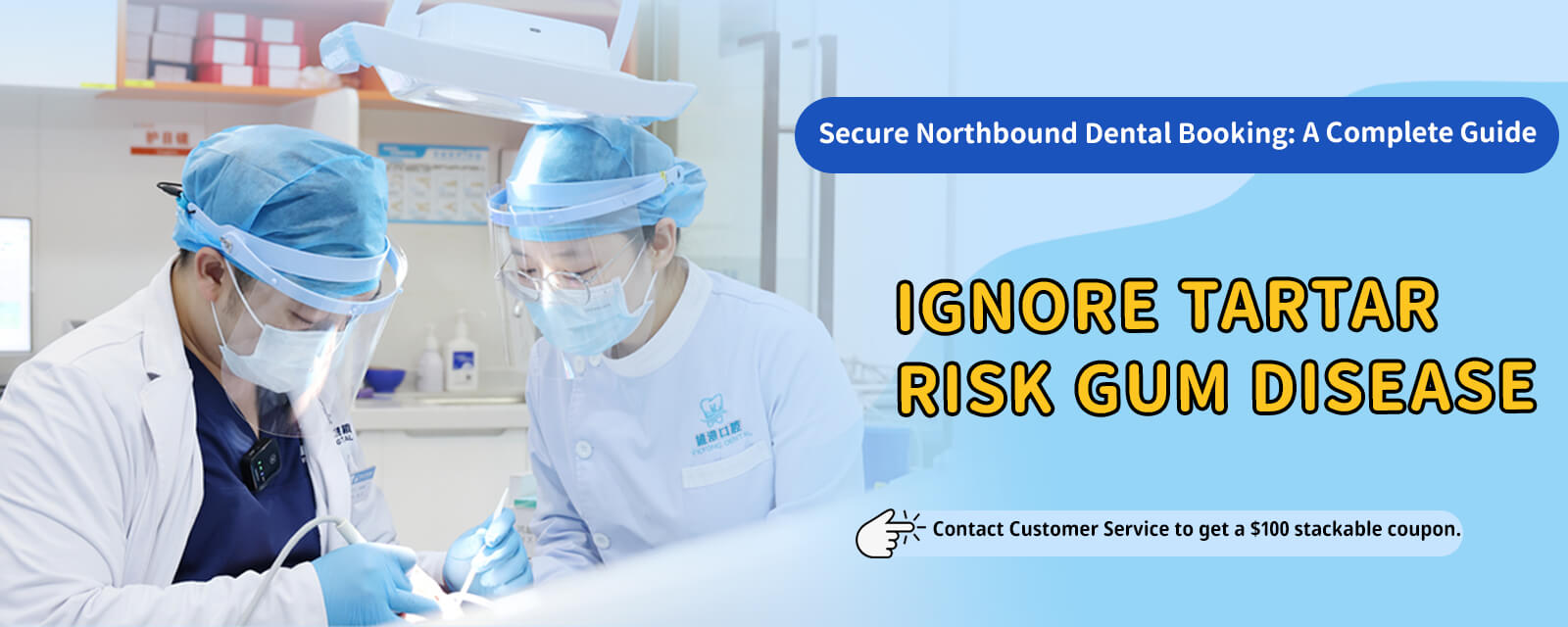How Should You Care for Your Teeth After a Cleaning in Mainland China Dentist-Recommended Tips
How Should You Care for Your Teeth After a Cleaning in Mainland China Dentist-Recommended Tips
Post-teeth cleaning care after a Mainland trip: dentist-approved advice for Hong Kong patients
Many Hongkongers now travel to Mainland China for oral care, and teeth cleaning (scaling to remove tartar, plus polishing) is one of the most common services. Scaling is safe and effective, but without proper aftercare, gums can flare up again, tooth sensitivity can worsen, and the “just cleaned” effect won’t last. Below is a practical, easy-to-follow guide to caring for your teeth after scaling, with tips from dentists so you can keep things on track back in Hong Kong.
What sensations after scaling are normal?
- Temporary tooth sensitivity: Once tartar is removed and more root surface is exposed, you may feel twinges with hot, cold, or acidic foods and drinks. This usually improves over a few days to one or two weeks.
- Slight gum swelling or minor bleeding: Polishing and deep cleaning can mildly irritate the gumline. This typically settles within 1–3 days.
- “Very clean” mouth but gaps feel bigger: This is because plaque and tartar are gone and the spaces have returned to their natural width. Don’t worry—just be more consistent with floss and interdental brushes.
What to do on the day and within 48 hours
- Gentle brushing: Use a soft-bristled brush. Angle it about 45 degrees to the gumline and use small, gentle vibrations to lift plaque. Avoid scrubbing hard or rushing, which can re‑irritate gums.
- Avoid triggers: For the first day or two, try to skip very hot or very cold items, spicy foods, and acidic drinks (like lemon water or fizzy drinks) to give teeth time to settle.
- Reduce stain-prone foods: After polishing, tooth surfaces are extra smooth and can pick up stains more easily in the first 24 hours. Go easy on coffee, strong tea, red wine, and dark sauces.
- Rinsing routine: After meals, rinse gently with water or lukewarm salt water to soothe gums and wash away debris. Avoid very strong, spicy, or high-alcohol mouthwashes that can irritate gums.
- Sensitivity support: Use a desensitising toothpaste with potassium nitrate or fluoride. After brushing, smear a little over sensitive spots, leave it for 1–2 minutes, then spit (don’t rinse) for better effect.
- Follow professional instructions: If fluoride varnish or gel was applied, follow the specific directions given (for example, not eating/drinking for a short period or skipping brushing on treated areas that night). Different products have different instructions.
Daily oral care in the first week
- Brush twice a day for two minutes: Divide your mouth into four sections and clean each thoroughly. Don’t miss the inner sides of molars and along the gumline.
- Keep interdental cleaning on track: Floss daily using the C‑shape technique to hug each tooth and gently scrape plaque up and down. Where spaces are wider, add interdental brushes in the correct size—never force them.
- Choosing a mouthwash: If gums are inflamed, a short course of chlorhexidine mouthwash may help—only as directed by your dentist. For everyday use, choose

an alcohol‑free, mild formula. Avoid long-term use of strong antibacterials that can disrupt the oral microbiome.
- Tongue coating and dry mouth: Gently clean your tongue to reduce bad breath. If you have dry mouth, drink water regularly and cut down on smoking, alcohol, and high-salt/high-sugar snacks.
- Lifestyle matters: High stress and poor sleep can worsen gum disease. Regular exercise and adequate rest support gum healing.
Diet and lifestyle tips
- Cut back on sugary, sticky snacks (like gummies and caramel). Rinse with water or brush soon after eating.
- Quitting smoking really helps: Smoking reduces blood flow and immune response in gums, slows healing, and increases relapse risk.
- Be smart with coffee and tea: Use a straw and rinse with water soon after meals to reduce staining.
- Go easy on hard items: Ice, hard candies, and even hard broad/fava beans can worsen micro-cracks and sensitivity.
Cross-border follow-up after you return to Hong Kong
- Keep records: Save before-and-after photos, receipts, and clinic details; X-rays are even better. Snap them on your phone so your Hong Kong dentist can understand your case.
- Note follow-up advice: If the Mainland dentist recommended deep cleaning (root planing/scaling) or a follow-up schedule, plan ahead. If you can’t always travel, a Hong Kong dentist can continue your care.
- Seek help promptly if something feels off: If pain and swelling last more than a week, if bad breath worsens, if there’s gum pus, fever, or facial swelling, don’t wait—see a dentist immediately.
Quick guide to brushing technique (Modified Bass method)
- Angle the brush at about 45 degrees to the gumline; use tiny vibrations and sweep along the gum margin to disrupt plaque.
- Clean outer, inner, and chewing surfaces. The inner sides of molars and the lower front teeth are high-risk areas—pay extra attention.
- Pressure should be “gentle yet effective”: Bristles should just start to bend. Too much force can cause gum recession and wear at the tooth neck.
When should you see a dentist again?
- Sensitivity that doesn’t improve after two weeks, or pain severe enough to affect eating or sleep.
- Ongoing bleeding when brushing, puffy gums, loose teeth, or persistent bad breath.
- Food getting stuck between teeth regularly, or gums that repeatedly ulcerate or develop white patches (oral mucosa should be checked).
- If you wear braces, have implants, veneers, or fixed bridges, cleaning is more challenging—professional maintenance is especially important.
Final dentist tips
Teeth cleaning isn’t a “one and done.” Real oral care lives in daily habits. Wherever you had your scaling done, continued home care plus regular professional check-ups in Hong Kong will keep gums healthier, tartar build-up lower, and breath fresher. Most people benefit from a check-up and cleaning about every six months. If you have gum disease or sensitivity, follow the personalised plan your dentist recommends. The above is general guidance—always follow your own dentist’s instructions.




